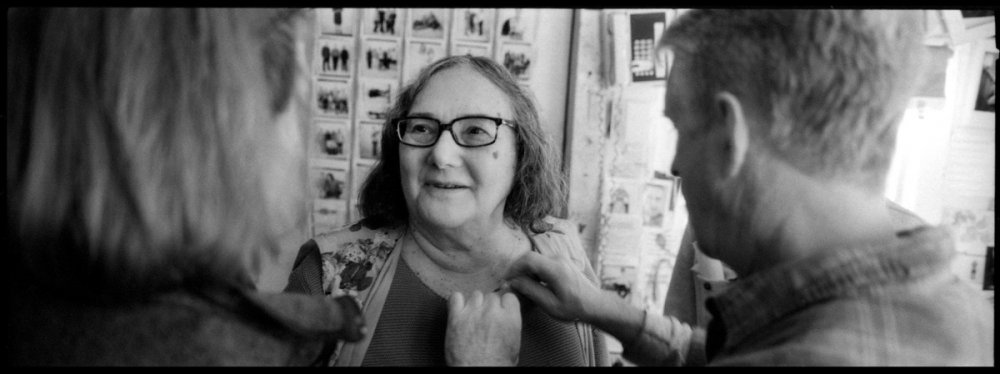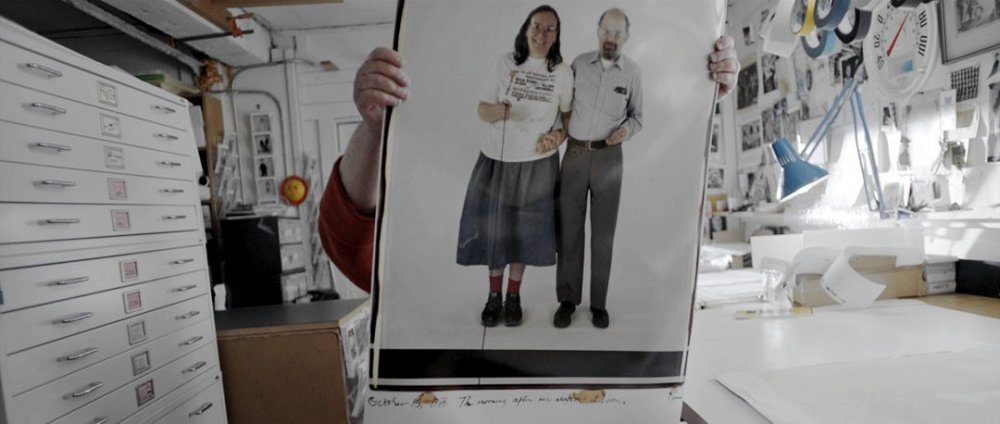At the outset, Errol Morris’s new film The B-Side: Elsa Dorfman’s Portrait Photography may seem to be the minor, ancillary work that the title implies. For a man that has cultivated a reputation as a purveyor of meticulous investigative documentaries such as The Thin Blue Line and The Fog of War, this looser study of a friend feels, on the surface, lightweight. However, the film’s comparatively informal style makes for an affectionate and deceptively layered portrait of a singular character.
USA 2016
76 mins
Director Errol Morris
This is the same way that Dorfman worked. She explains to Morris: “I am totally not interested in capturing their soul. I’m only interested in how they seem.” Known most widely for her large-format polaroid photography, Dorfman aimed to capture people when they were happy. “Life when you’re down is hard enough. You don’t need to walk around with a picture of it.” Despite her active focus on the surface and her self-imposed mission to make people feel better, there’s undeniable depth to her portraiture. This is particularly evident in the cumulative effect of multiple snaps over a lengthy period of certain subjects such as her husband Harvey, lifelong friend Allen Ginsberg and, crucially, herself.
Morris allows her to present these photos in her own time and order, his brisk 80-minute film eschewing talking heads and other external commentary in favour of a chatty reminiscence only interrupted when the photos themselves appear on screen. Her infectious optimism and good humour carry even the less riveting passages of the movie, and it’s difficult not to be won over as this unassuming woman, who describes herself as a “lucky little Jewish girl”, breaking into photography with images of the likes of Bob Dylan, Anaïs Nin, W.H. Auden and Andrea Dworkin. As the film enters its final third, though, Morris weaves together a number of deeper threads and nuanced observations like the master craftsman that he is.

With Dorfman rummaging around in her studio using her images as prompts to narrate her life story, Morris subtly examines the idea of photography as memory. A series of self-portraits with scrawled sharpie notes on the bottom record the story of her parents’ deaths. While the pair are looking at images of Ginsberg, Morris enquires: “Does it bring Allen back?” “Of course,” Dorfman responds pragmatically, though her melancholy is evident. “Maybe that’s when photographs have the ultimate meaning – when the person dies.” The longevity of those memories becomes the focus as their fleeting nature as snapshots of an instant in time, and their perishability as physical media, is brought into sharp relief.
The closure of the Polaroid company precipitated Dorfman’s retirement, and Morris plays up the tie as a curtain is drawn on a career while analogue photography slips quietly into extinction. His film makes for a fittingly positive monument to her often overlooked and under-appreciated work, but this intimate conversation and reflection also allows him to also do so much more.
-
The Digital Edition and Archive quick link
Log in here to your digital edition and archive subscription, take a look at the packages on offer and buy a subscription.








